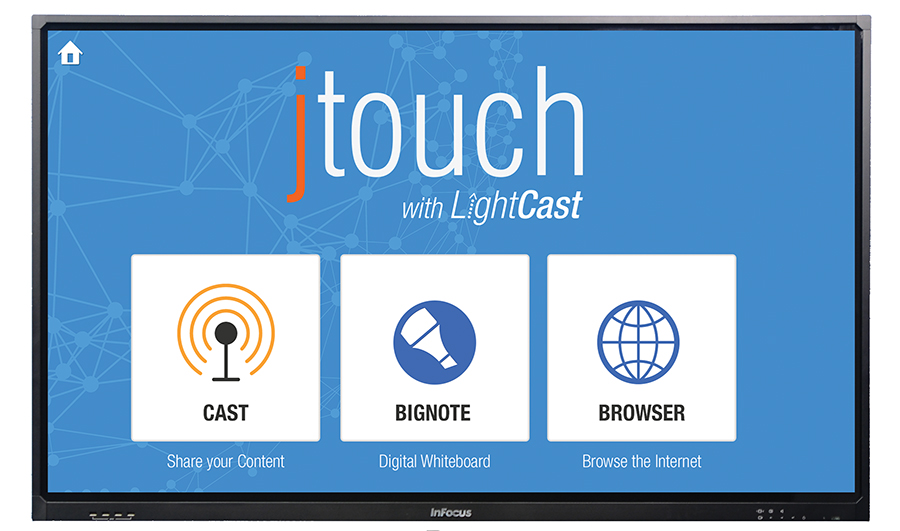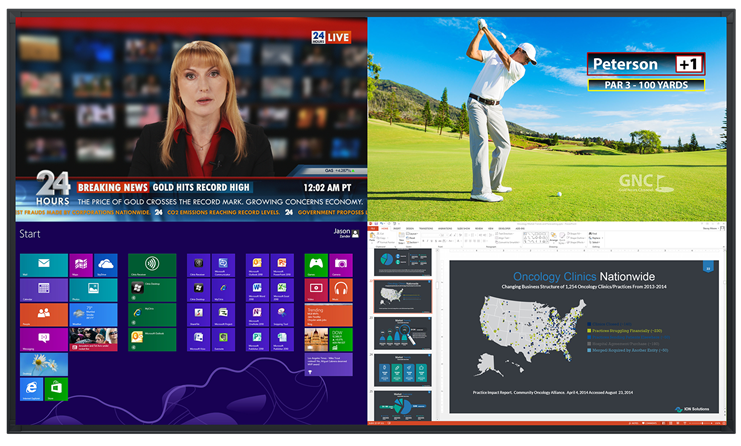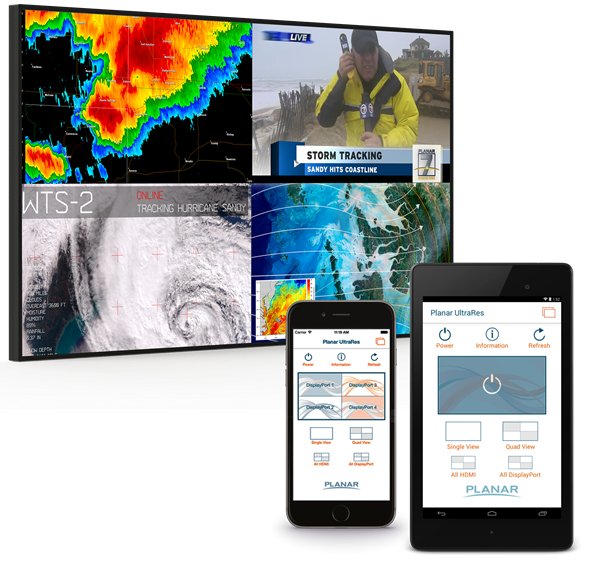Front projection has been a key element of the AV industry for decades. Even in recent years, as flat panel displays have gotten larger and more popular, projection still has still maintained a solid footing in the industry (particularly when seamless images of larger than 90” are necessary). Throughout the years, one aspect of projectors has remained consistent: lamps have always been used to create the light that shines out of the units. A few years ago, however, projectors with solid-state light sources began to hit the market. And what at first was a prohibitively expensive technology in its infancy has recently emerged to become a viable option. As of early 2016, lamp-free projectors are a main focus of almost every projector manufacturer, and solid state projection has emerged alongside the likes of 4K UHD resolution and digital audio as one of AV’s next big things. But is the hype real? Are lamp-free projectors actually worth the price tag? And how does a lamp-free projector even work? Read on for a detailed analysis of solid-state projection.
A basic understanding of projection is necessary in order to realize the differences between traditional and solid-state units. Traditional projectors rely on one or more lamps to create light. This light is then processed to turn it into an image. There are three common styles of light processing: LCD, single-chip DLP, and three-chip DLP. Rather than getting into the specifics of those technologies, we can simplify things by saying that, generally, image quality improves as you go from LCD to 1-chip to 3-chip. Regardless of the type of projector, the final step in the process is for the light to be sent to a lens that enlarges the image and shines it onto the screen.
Lamp-free projectors use the same series of processes, with one large difference: rather than using a lamp to create the light, they use a solid-state source. Specifically, there are four common types of solid-state light sources:
- LED: The LED projector has actually been around for a while. Though it has the advantage of a roughly 30,000-hour life cycle, it also has a major brightness limitation. The vast majority of LED projectors are around 1,000 lumens, which is only appropriate for use in a room with all the lights off. A survey from 2015 found that of 232 LED models, over 90% come in at 2,000 lumens or less.
- LED/Laser Hybrid: These projectors use a combination of LEDs and a laser diode, which we will describe next. A step up in brightness, these are also typically a step up in price as well. LED/laser hybrid projectors usually come in around 3,000 – 4,000 lumens.
- Laser Phosphor: This newer technology is the reason for the recent boom in laser projectors. Laser phosphor projectors use a single blue laser that shines into a phosphor wheel that creates yellow light. The blue light passes through, and the yellow shines into a color wheel that creates red and green. Laser phosphor projectors usually range between 5,000 and 13,000 lumens of brightness, which is an excellent fit for corporate, educational, & other professional use. Laser phosphor projectors are usually either single-chip DLP or three-chip DLP, and are typically rated for 20,000 hours of use.
- RGB Laser: Also called direct laser projectors, these models are used when extreme brightness is necessary. This technology uses three individual lasers – one each for red, green, and blue. These models can provide brightness upwards of 20,000 lumens, and typically carry MSRPs well into the six figures.
So, we’ve gotten technical and described what the differences are between the insides of lamp-based and lamp-free projectors. But what are the actual, noticeable differences to projector owners? Indeed, there are many implications that a solid-state light source brings with it, almost all of which are productive. Let’s take a look at the advantages of lamp-free projectors:
- Reduced cost of ownership: The number one advantage of a solid-state projector is the fact that you aren’t ever going to have to change a lamp. Most laser phosphor projectors are rated for 20,000 hours of use until they reach 50% brightness. Comparable lamp-based projectors are usually rated for 2,000 – 3,000 hours of use until 50% brightness. We’ll get into a detailed price analysis later, but off the bat it’s evident that throughout its lifespan a solid-state projector will you 9-10 sets of replacement lamps and the labor cost that goes along with changing them. This is a significant savings that in concept can be applied to every single laser phosphor projector.
- Higher perceived brightness after day one: Let’s say one boardroom has a lamp-lit projector that has 1,000 hours of use, and a second has a solid-state projector with 1,000 hours of use as well. Boardroom A is halfway to replacement time, meaning the brightness will be at 75% or less of what it was on day one. Boardroom B is only 1/20 of the way to replacement time, meaning its brightness is still 95% of what it was on day one. So while the brightness of lamp-lit projectors will dip significantly below specification before the “change bulb” notification appears, solid-state projectors will output far more consistent brightness levels for years on end. Now, it’s fair to make the argument that the end of a lamp life cycle means a new bulb and the end of a solid-state life cycle means a new projector. The numbers, however, show this to be a relative non-issue: 20,000 hours of use is a very long time, equivalent to 10 years of 40 hours / week use. Most AV technology becomes obsolete in 6-8 years anyway, meaning your projector will probably be replaced for other reasons than end of life due to half brightness.
- Rapid on/off: As owners of traditional projectors surely know, these models usually take over one minute to achieve full brightness, and about half that to turn off. Lamp warm up and cool down can cause annoyance and frustration during a busy day. Lamp-free models take about ten seconds to get to full brightness, alleviating this issue almost entirely.
- Consistency: In multi-projector applications, such as a wide-aspect ratio image that uses edge blending, consistency is key. Lamp-lit projectors introduce inconsistency through their life cycles, which can lead to images that showcase a number of different brightness levels: lamps can progress at inconsistent rates, they can blow out, etc. The consistency of a solid-state projector helps to alleviate that problem.
- No worries: Quite simply, lamp-based projectors can fail. Ask any projector manufacturer: they all have contingency policies for when projectors “go dark.” With solid-state projectors, there is much lower risk of your important meeting or seminar suddenly losing an image: lamps, one major failure point that causes outages, are taken out of the equation.
So far, we’ve shown that solid-state projectors have their advantages over traditional models. We’ve also mentioned that they’re more expensive. Every facet of the AV industry – and all industries, really – provide options that give better quality for a higher cost. The real question is the following: are lamp-free projectors worth the increased price tag?
For starters, we need to say that the projector world is a tough one to navigate when looking at prices. MSRPs on projectors are typically thousands of dollars higher than what the units end up actually going for. So we’ve come up with a metric called “actual value,” which is 70% of the projector’s MSRP. This will give a figure that is pretty close to what the projectors are actually selling for.
To analyze the value, we’ve taken a look at six sets of projectors made by three prominent manufacturers. Each set contains two projectors – one lamp-based, and one solid-state – with nearly identical specifications. All projectors in the comparison feature the same resolution: WUXGA, 1920 x 1200. See the below chart for the difference in price between each model. Please note: all pricing is for example purposes only & may not reflect current market value. 
So far, it’s clear that – to varying degrees – laser projectors are more expensive than lamp-based projectors. What we’ve done next is evaluate the approximate maintenance cost of lamp-based models. The next chart shows the value of lamps for each lamp-based model, and the number of hours the unit is rated for until it reaches 50% brightness. All the laser projectors in the chart are rated for 20,000 hours. We’re figuring that a typical service call to change a lamp costs $500 – a good value, for sure. So, we’ve divided 20,000 by the number of hours each lamp-based projector is rated for, and then multiplied that by the number of lamps in the unit, the cost of each lamp, and tacked on $500 to each replacement lamp (or set of lamps) to account for labor. This gives us a “total maintenance cost” on the unit over the 20,000 hour span that its solid-state counterpart is rated for. Tack that number onto the cost of the projector itself, and we arrive at “total projector cost.” We can compare this number to the total cost of the solid-state projector.

The verdict? In five out of six cases, the total projector cost is lower for the solid-state model – in some cases by over $20,000. In the most extreme case we looked at, the total projector cost of the lamp-based model ended up being 65% more than that of its solid-state counterpart. This is a massive savings, and speaks clearly to the value of solid-state projectors over their lamp-based counterparts.
Furthermore, it’s clear that this technology is becoming more affordable. We’ve also included a release year column in our chart. Half of the projectors we looked at were released in 2014, and the other half in 2015. The average difference in actual value – before maintenance costs – between the 2014-released solid-state projectors and their lamp-based counterparts is 39%. For projectors released in 2015, that number drops to 12%, a huge decrease. It’s evident that the cost of solid-state projectors, thanks primarily to developments in laser phosphor technology, has decreased significantly over the last two years.

Based on the data, it’s clear – in almost every case, solid-state projectors using laser phosphor technology will provide better value than their lamp-based equivalents. This means that if you’re looking for a projector between 5,000 and 13,000 lumens, you should be looking for a lamp-free model. That being said, choosing the right projector is a complicated decision, and a good AV designer will take many additional factors into account before arriving on a specification. Contact a PPI Account Manager today to begin the discussion about your next projector.
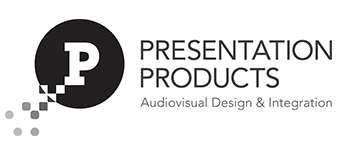




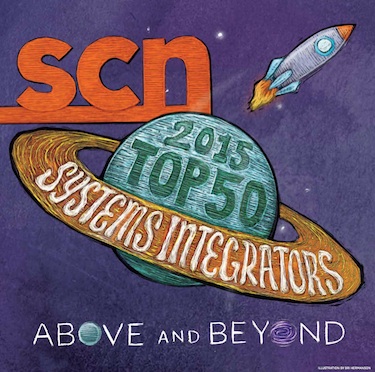 Presentation Products, Inc. is pleased to announce that it has been named to the Systems Contractor News 2015 Top 50 Systems Integrators list. This marks the fourth time in the last six years that PPI has been included. PPI ranked 45th, up two spots from 2014. The list, which uses total AV-systems-generated revenue as its primary ranking factor, is widely considered to be an authoritative indicator of the largest companies in the industry.
Presentation Products, Inc. is pleased to announce that it has been named to the Systems Contractor News 2015 Top 50 Systems Integrators list. This marks the fourth time in the last six years that PPI has been included. PPI ranked 45th, up two spots from 2014. The list, which uses total AV-systems-generated revenue as its primary ranking factor, is widely considered to be an authoritative indicator of the largest companies in the industry.
